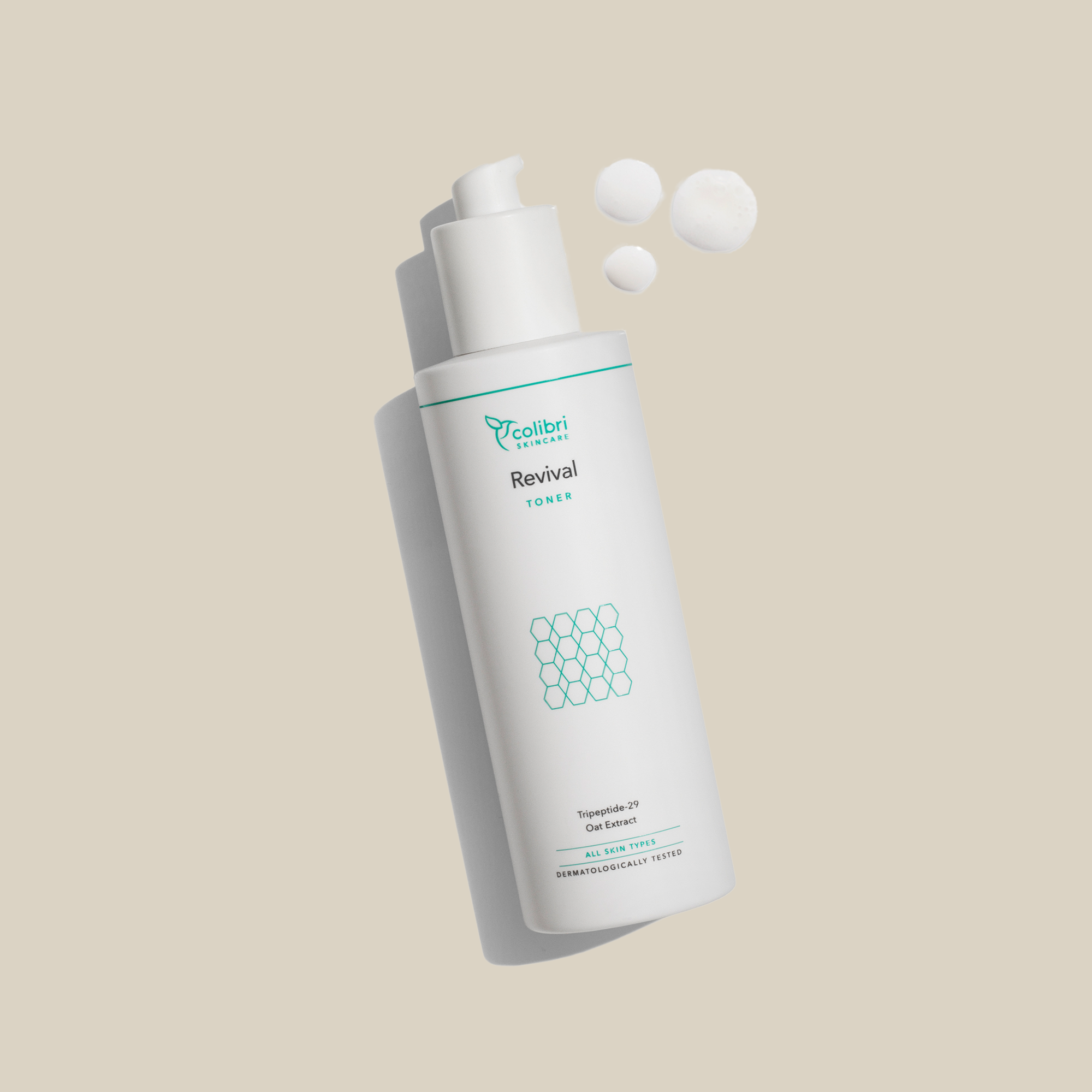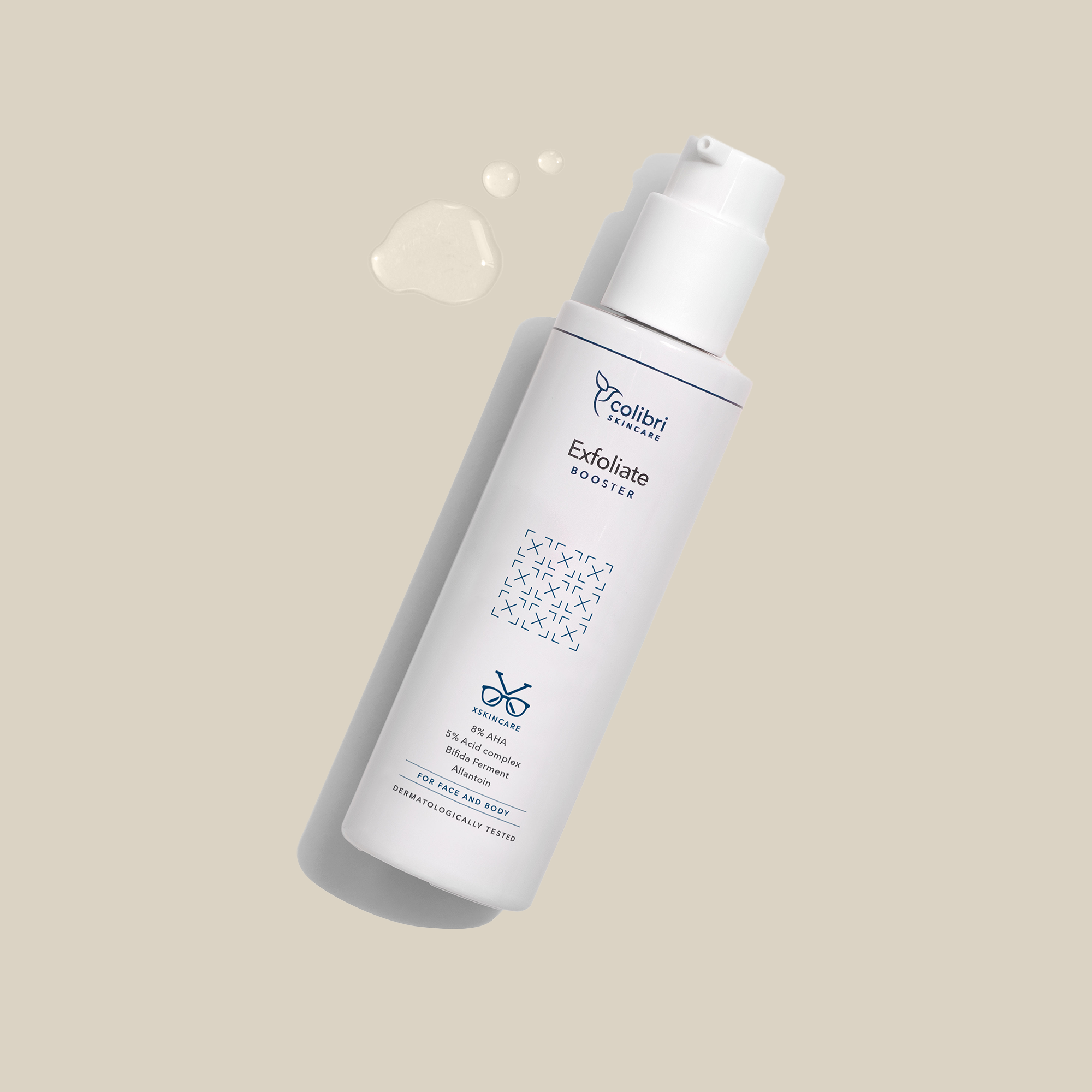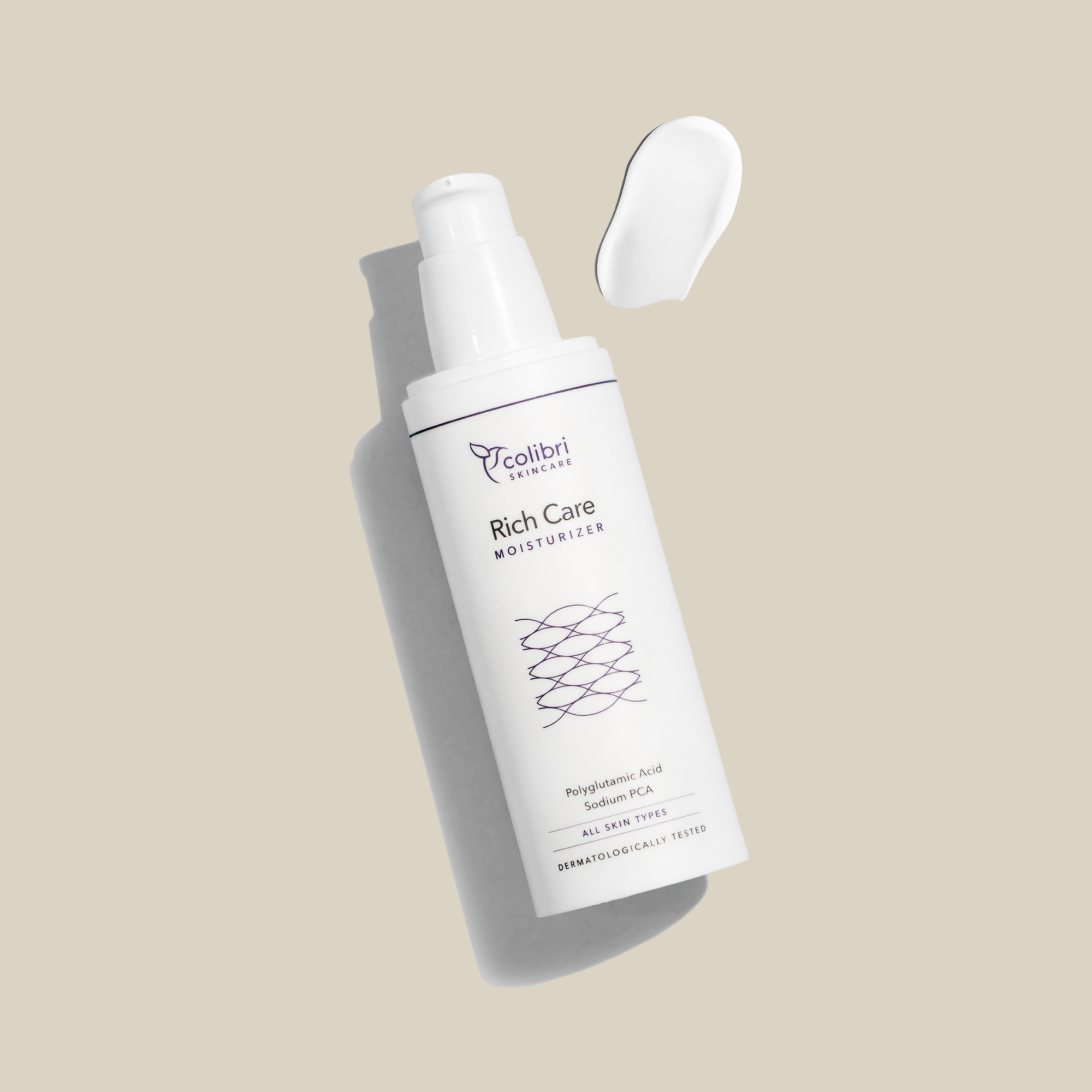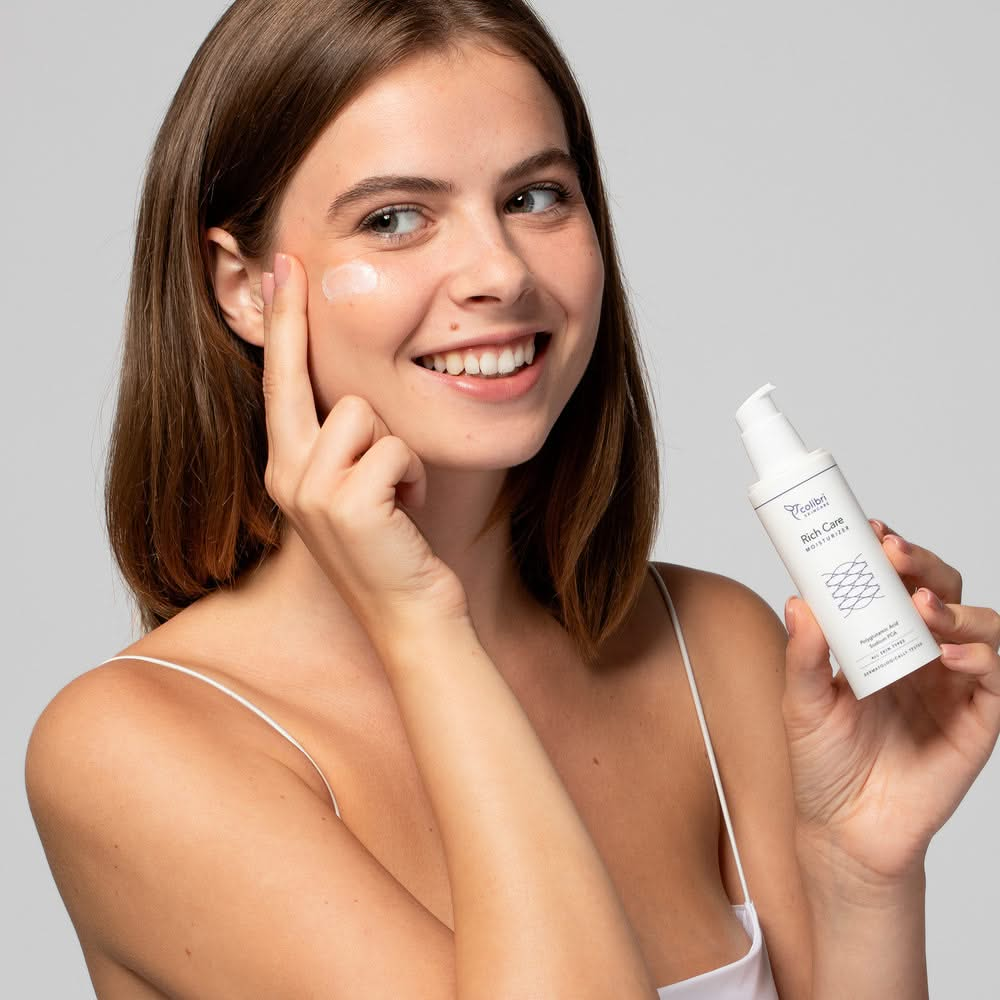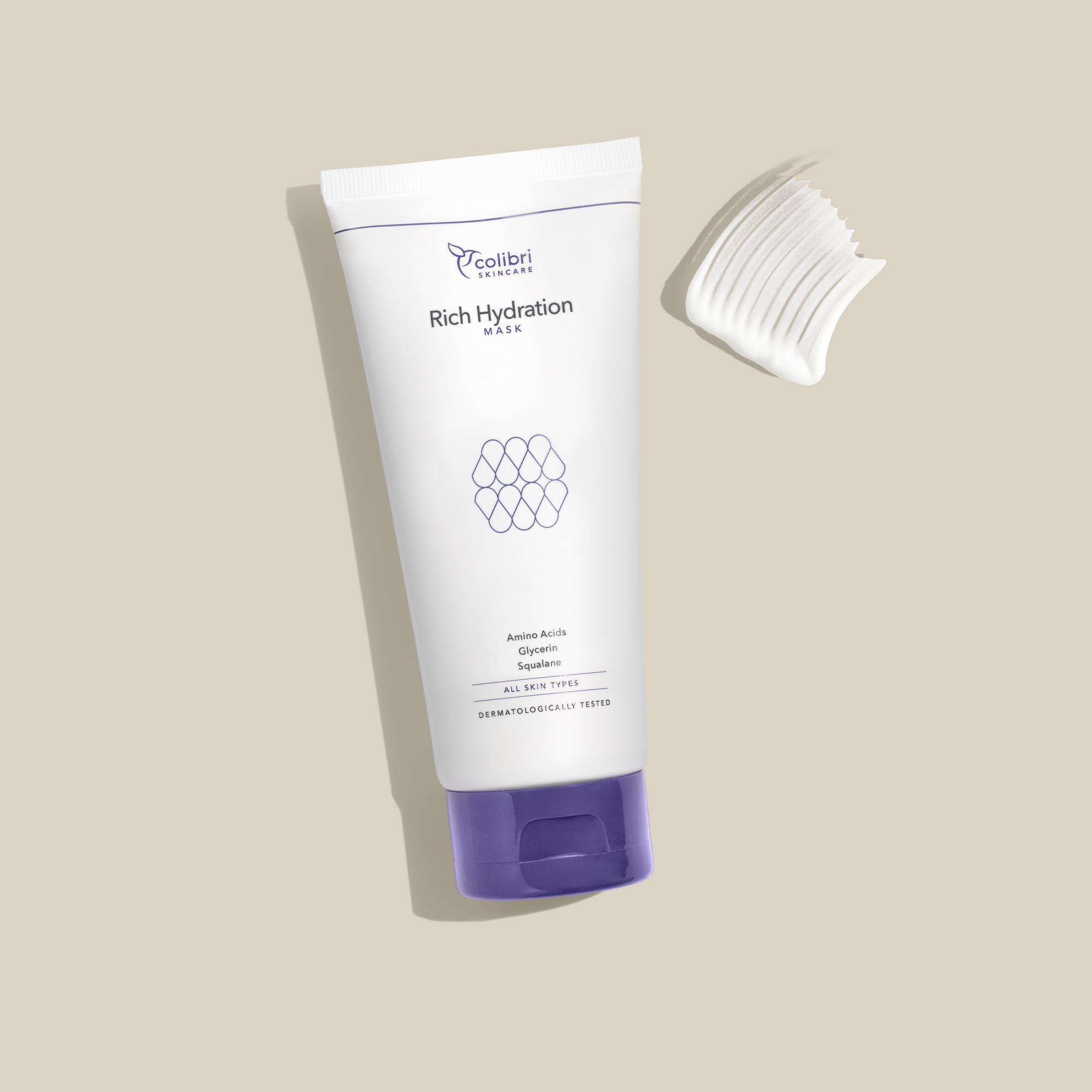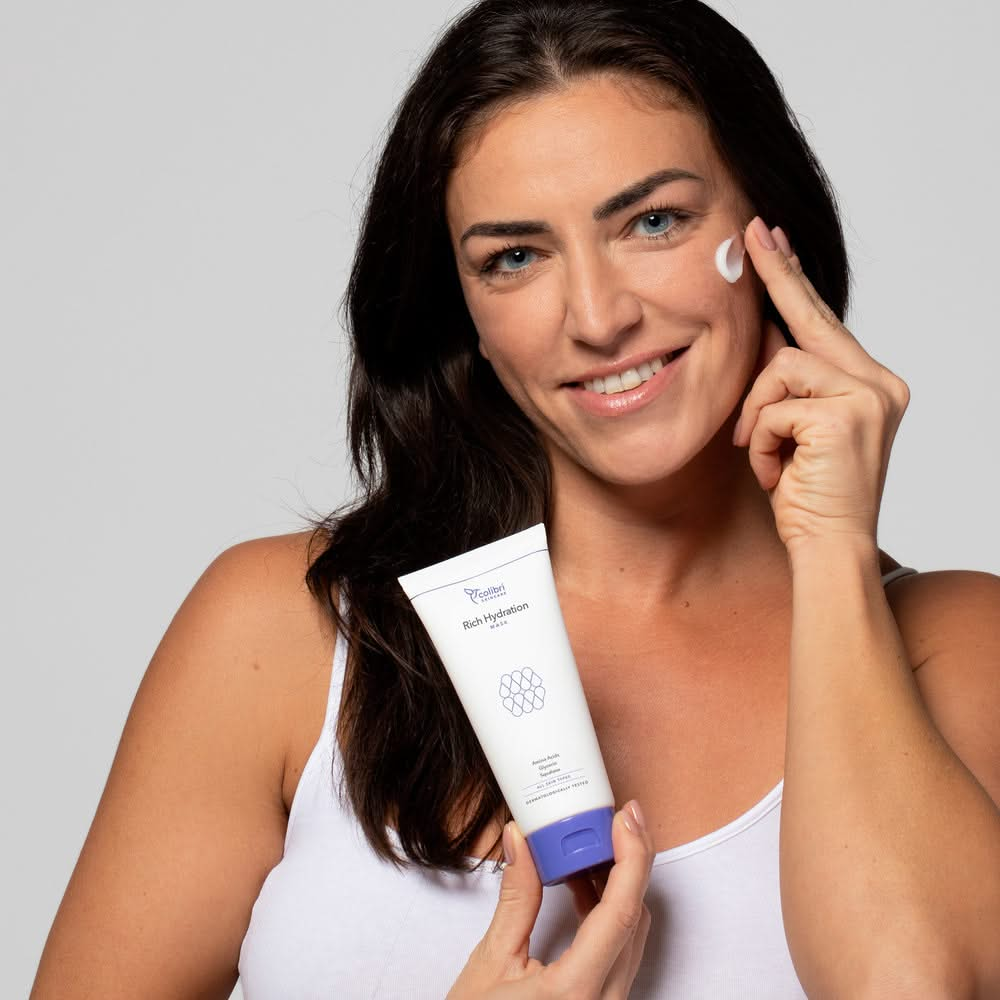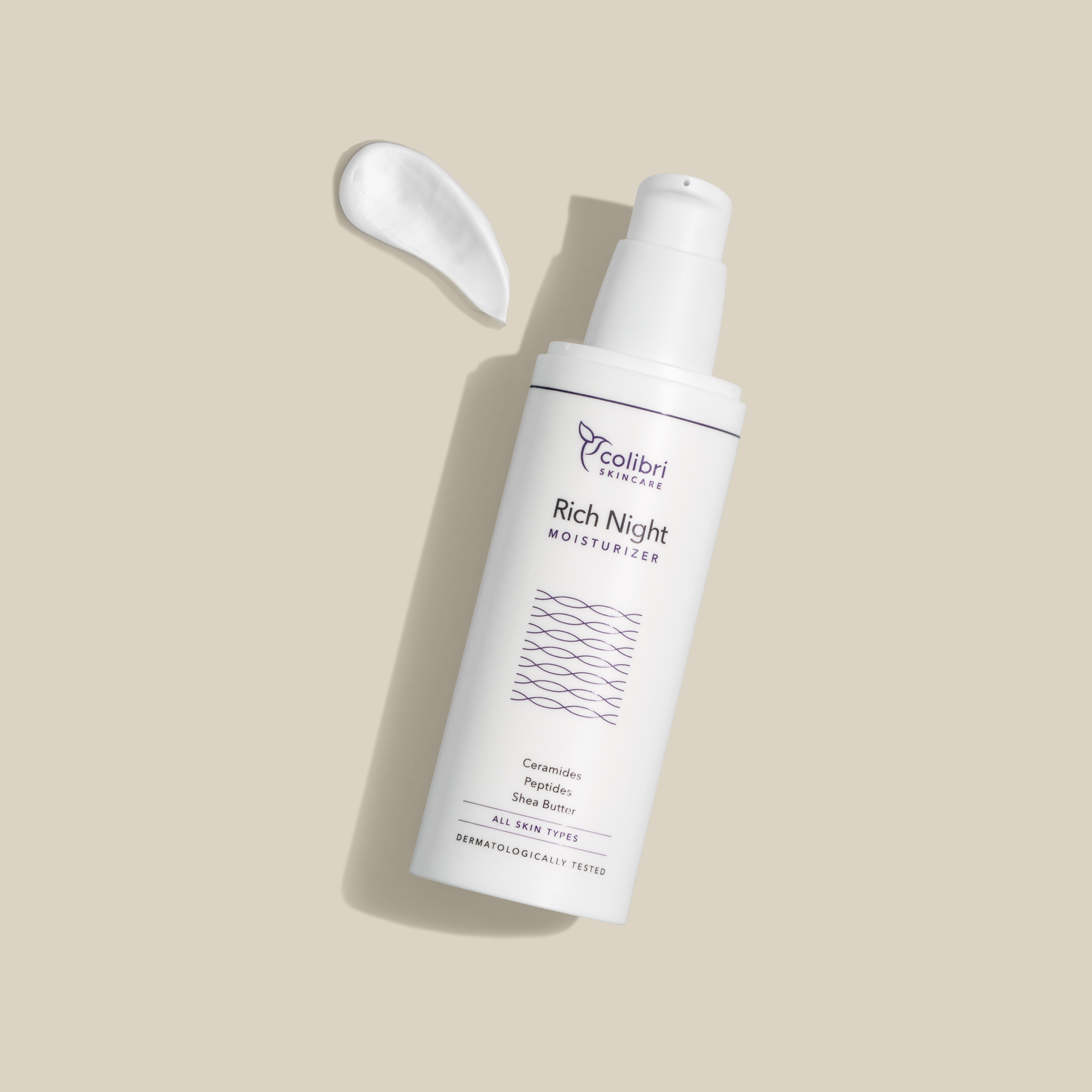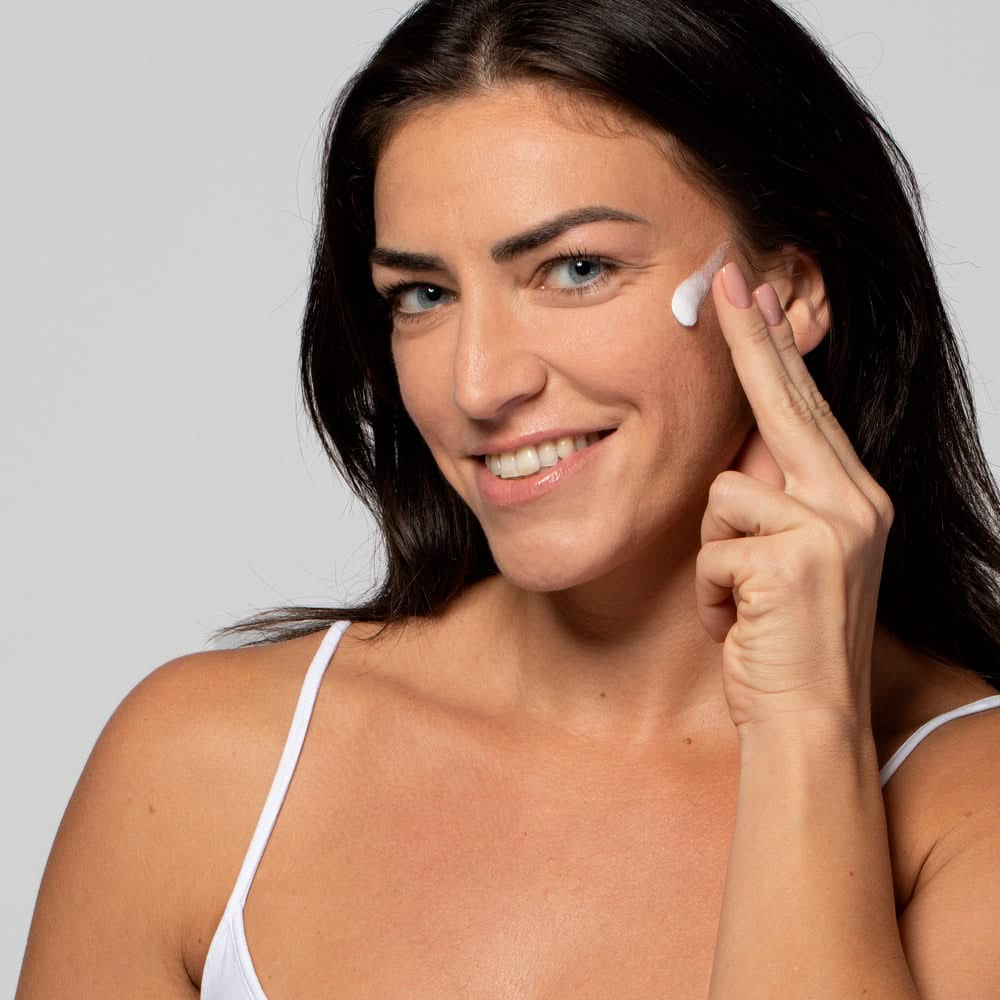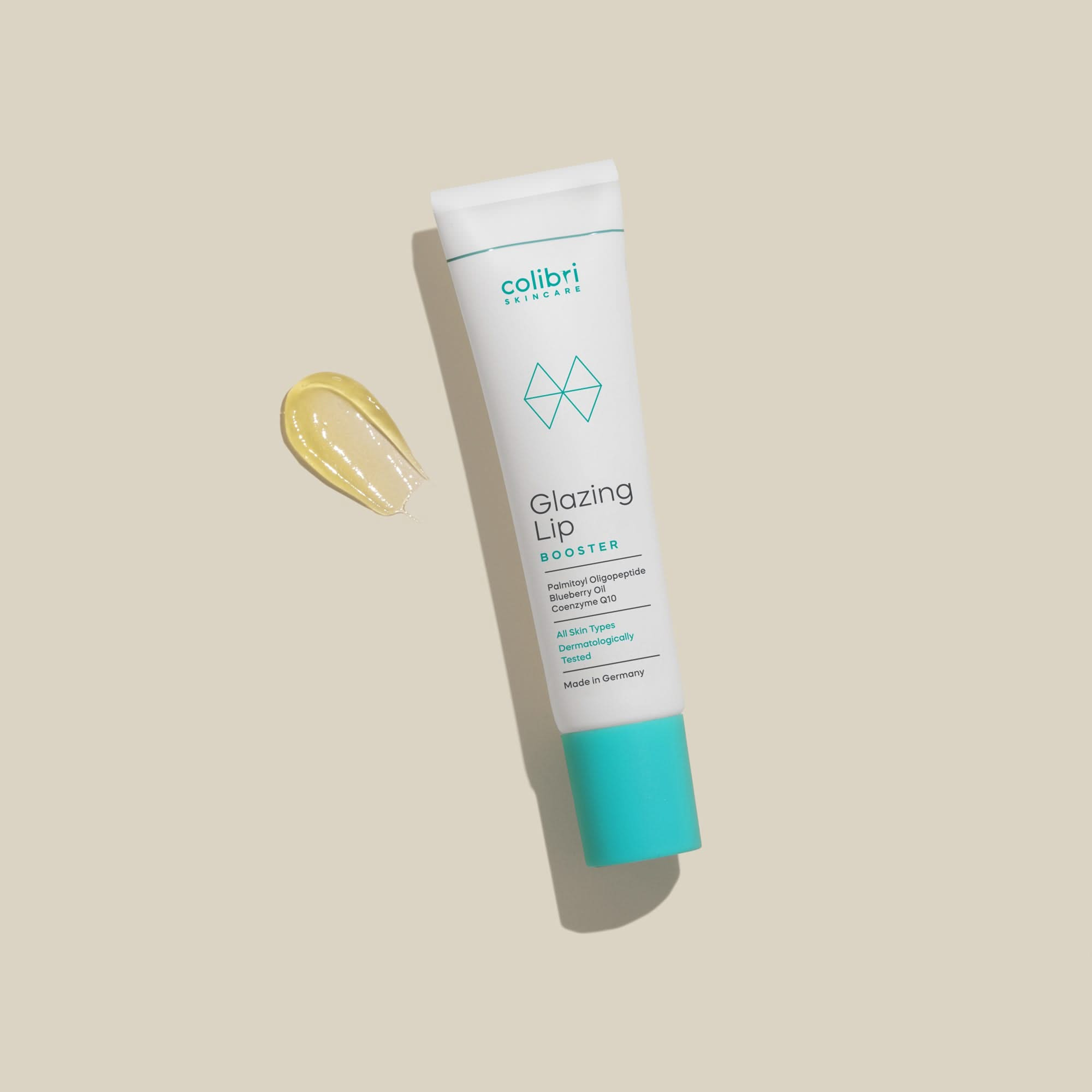The right active ingredients for flaking skin
Flaking skin can be uncomfortable and requires a targeted care routine to restore balance. Choosing the right active ingredients is crucial as they can help soothe the skin, provide moisture, and gently remove dead skin cells. Therefore, urea, ceramides, glycerin, and shea butter should not be missing from your skincare routine.
Flaking skin caused by certain active ingredients
Ingredients like retinoids, AHAs, and salicylic acid are very effective in treating skin issues, but they can also lead to flaking skin. While retinoids can cause rapid shedding of the upper skin layers, AHAs and BHAs help dissolve dead skin cells. To avoid excessive dryness and peeling, you should adjust the concentration and frequency of use of these active ingredients according to your skin type and condition. It is advisable to gently incorporate new active ingredients and gradually increase their use. Additionally, your care routine should be supplemented with moisturizing and soothing products. Daily sun protection is also essential to prevent further damage and dryness.
6 care steps for flaking skin
1. Gentle cleansing: Use a mild, moisturizing cleanser that does not dry out or irritate the skin. Products with ingredients like glycerin or aloe vera are ideal.
2. Toner: A toner can provide moisture in the second step, soothe the skin, and reduce redness.
3. Exfoliation: A gentle exfoliation is important to remove dead skin cells and improve skin texture. Opt for chemical exfoliants with AHAs or BHAs.
4. Moisturizer: Applying an intensive moisturizer is essential. Choose products that contain hyaluronic acid, ceramides, or urea to smooth dry patches and promote a pleasant skin feel. In addition to your daily routine, weekly moisturizing masks or overnight masks can help nourish the skin intensively.
5. Seal in moisture: Applying a care oil can help seal moisture into the skin. Jojoba oil is particularly popular because it absorbs quickly.
6. Sun protection: UV rays can dry out the skin and increase the risk of skin damage. Choose a broad-spectrum sunscreen with at least SPF 30 that is gentle on the skin and free from irritating ingredients.

